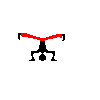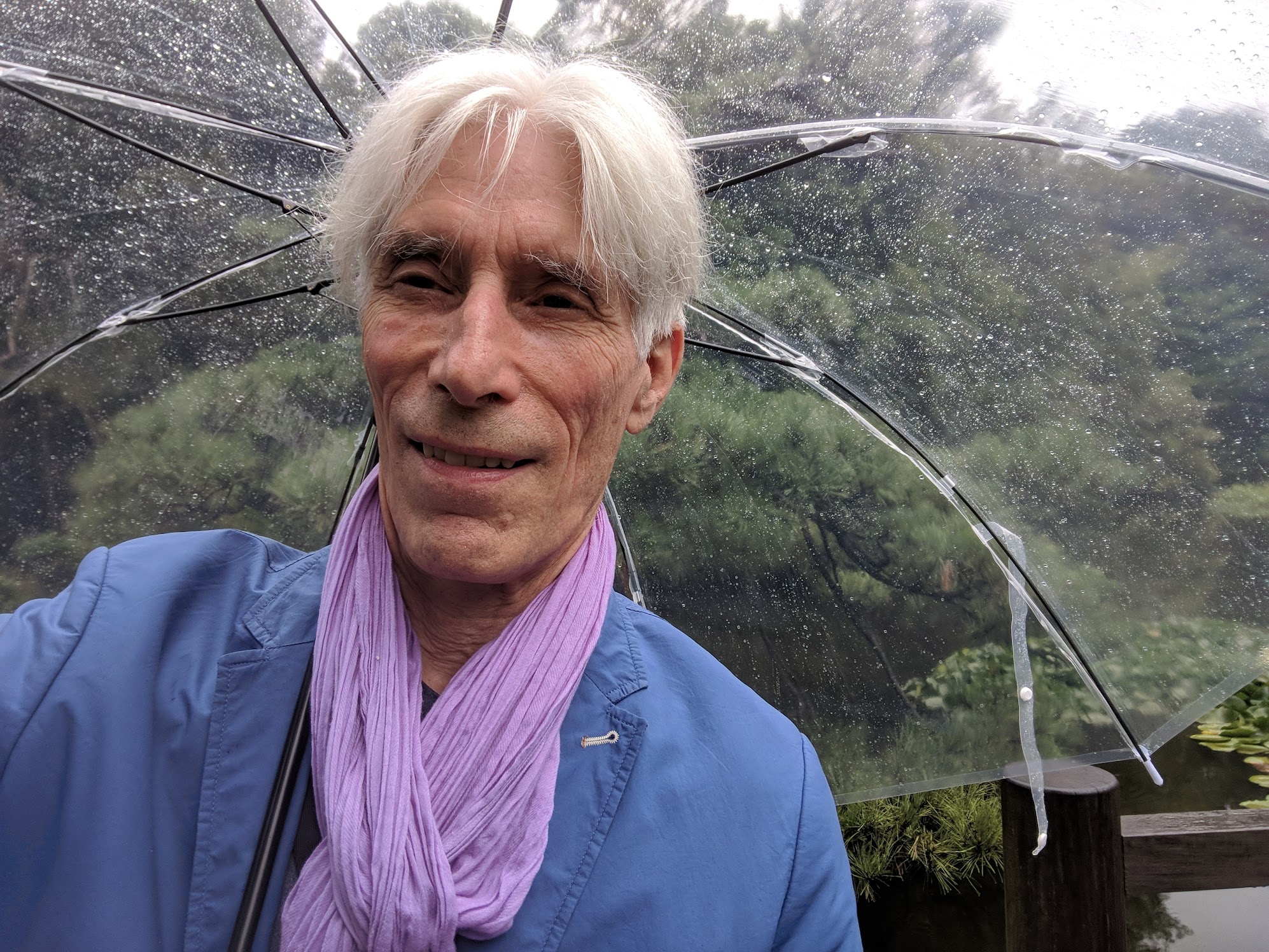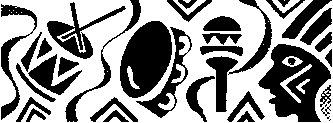1 Nov 2024
Download the last draft of my 2011 book with OUP: "Why red doesn't sound like a bell"
website for the Sensorimotor Theory of Consciousness
OLDER RESEARCH
Work on PHENOMENAL CONSCIOUSNESS
ERC FEEL
RESOURCES
for sensorimotor theory
CHANGE BLINDNESS DEMOS
J. Kevin O'Regan
Emeritus
Director of Research
Integrative Neuroscience and Cognition Center
Centre National de Recherche Scientifique
45, rue des Saints Pères
75270 Paris cedex 06, France
Overview
In 2013 I retired as director of Université Paris Descartes' "Laboratoire Psychologie de la Perception", which studied human perception in babies and adults. From 2013 to 2019 I pursued a European Research Council Advanced project called FEEL to study the "sensorimotor" approach to consciousness and "feel". With a group of 3-8 postdocs and assistants we developed the sensorimotor theory on five fronts: philosophical, mathematical, color psychophysics, sensory substitution, and infant development/developmental robotics. We then continued the robotics/infant work within a FETopen project called GoalRobots, and a Pathfinder pilot project called IM-TWIN. These projects ended in 2022/2023.
I am currently collaborating with Matej Hoffmann in Prague on a project attempting to make an icub robot learn the structure of its body in a way inspired from human infants. Additionally I'm working on how to use knowledge about human learning to improve the way current "transformer" architectures used in large language models like ChatGPT learn.
Download my book on consciousness!
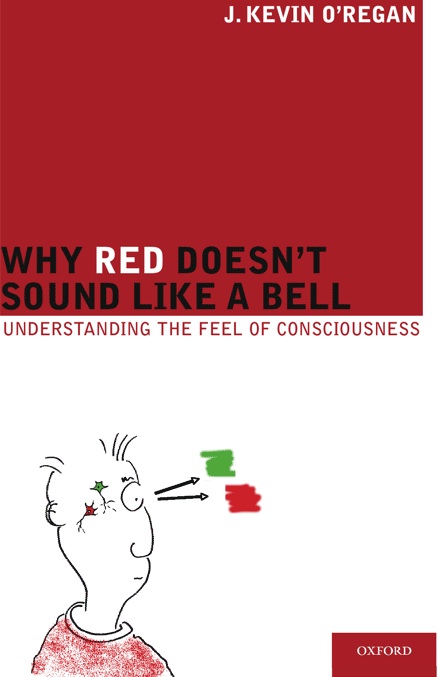 My book
"Why red doesn't sound like a bell" was published by
Oxford University Press in 2011, and the final draft is
available to download in pdf. It
suggests a new way of thinking about consciousness (the
"sensorimotor" approach) which dispels many confusions
and explains the "hardest" questions about
consciousness: namely why sensations feel like they do
(e.g. why red seems red to us, rather than green, or
rather than sounding like a bell!), and why sensations
have a feel at all. The theory is relevant to
understanding what would be necessary for robots to
really feel.
My book
"Why red doesn't sound like a bell" was published by
Oxford University Press in 2011, and the final draft is
available to download in pdf. It
suggests a new way of thinking about consciousness (the
"sensorimotor" approach) which dispels many confusions
and explains the "hardest" questions about
consciousness: namely why sensations feel like they do
(e.g. why red seems red to us, rather than green, or
rather than sounding like a bell!), and why sensations
have a feel at all. The theory is relevant to
understanding what would be necessary for robots to
really feel. My Older Research Interests
After doing my first degree at Sussex University and the first part of my PhD at Cambridge in mathematical physics, I switched my PhD topic to psychology to work on eye movements in reading, and moved to the Centre National de Recherche Scientifique in Paris. My most important early work was the discovery of an "optimal viewing position" for the eye to fixate in words. Recognition is fastest at that position and drops off to either side, making it useful for the eye to fixate there for efficient reading. From this I developed what I called a "strategy-tactics" theory of eye movement control in reading which explains why the eye goes where it does in reading. The idea is that the eye adopts a general strategy of moving a little to the left of the middle of the next longish word, and makes correction tactics as a function of ongoing processing if necessary. The theory is a compromise between the old "rhythm strategy" theory according to which the eye just plods along at a fairly constant rhythm without taking account of what is being read, and the (in the 1970's and 80's) fashionable theory according to which the eye reacts moment by moment, at every instant changing where it goes as a function of ongoing cognitive processing.
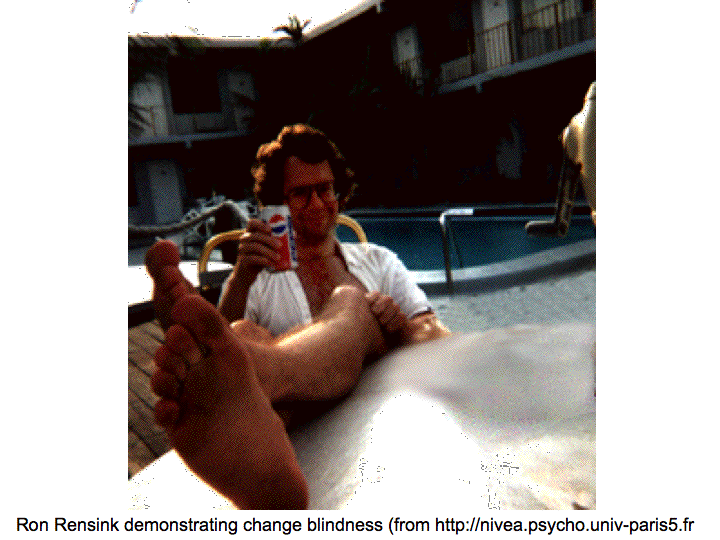 What I
am most cited for is change blindness,
which I discovered with collaborators Ron Rensink and Jim
Clark. Change blindness is a phenomenon where a
person looks at a picture of a scene, but doesn't see
enormous changes that occur in that scene when the changes
are accompanied by a brief interruption like a cinema cut,
a blank, or even small distractors like mudsplashes
on a car windscreen. You can see more demos
below. The phenomenon at first seems similar to the
phenomenon of "inattentional
blindness", where you don't see something that is
fully in view because you are busy attending to something
else. But change blindness is conceptually a different
effect, since it depends crucially on the occurrence of a
brief transitory event in the visual field that distracts
your attention, instead of depending on the fact that you
are consciously attending to something else.
What I
am most cited for is change blindness,
which I discovered with collaborators Ron Rensink and Jim
Clark. Change blindness is a phenomenon where a
person looks at a picture of a scene, but doesn't see
enormous changes that occur in that scene when the changes
are accompanied by a brief interruption like a cinema cut,
a blank, or even small distractors like mudsplashes
on a car windscreen. You can see more demos
below. The phenomenon at first seems similar to the
phenomenon of "inattentional
blindness", where you don't see something that is
fully in view because you are busy attending to something
else. But change blindness is conceptually a different
effect, since it depends crucially on the occurrence of a
brief transitory event in the visual field that distracts
your attention, instead of depending on the fact that you
are consciously attending to something else.My earlier work on Phenomenal
Consciousness
My more recent interest has been one particular aspect
of the problem of consciousness,
namely "phenomenal consciousness". This is the term
philosophers use to refer to "what it's like" to have a
sensory experience: what it feels like to experience the
redness of red, the hurt of pain, the touch of the
feather...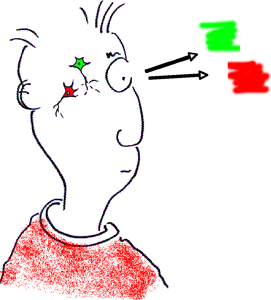
Phenomenal consciousness is considered to be the "hard" problem of consciousness, also known as the problem of "qualia". Why does "red" seem "red" to us rather than "green", or rather than like the smell of onion? Indeed why does red have "something it's like" rather than having no feel at all? Other aspects of consciousness like the question of why we have selves, or why and when we become aware of things and use them in our rational actions and thought (so-called "access consciousness), are considered not so hard. Almost all current scientific theories of consciousness, and the ones that neuroscientists mostly talk about, only consider this second, "easier" form of consciousness. For this, brain mechanisms like large scale neural integration, feedback, recurrence or synchrony of neural discharges have been proposed that may be able to account for this "easier" type of consciousness. On the other hand, many people think there is a fundamental obstacle in dealing with the "hard" problem of phenomenal consciousness. There seems to be a kind of "explanatory gap" between the physical mechanisms of the brain and the real, nitty gritty "what it's like" of sensations like red.
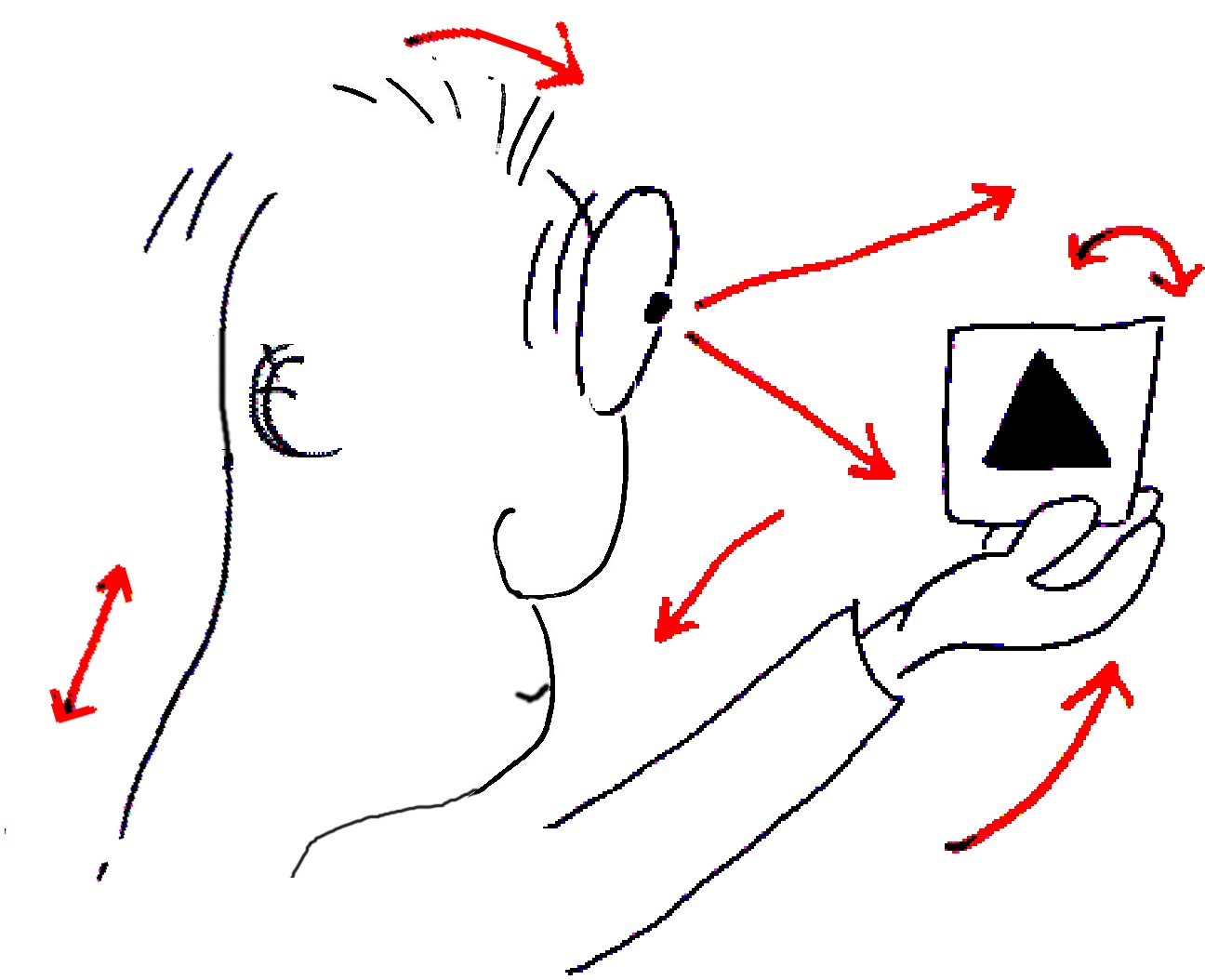 However I believe there is a way to
overcome this explanatory gap. My idea derived from work
I did on vision and eye movements, where I realized that
some of the mysteries of visual perception could be
cleared up by conceiving that perceiving does not
consist in recreating a representation of the world
inside the head. The idea, published in a much
cited article I wrote, was that we should think of
the world as a kind of "outside memory" that we can
access by our active exploration through eye movements
and attention. This led me to discover the phenomenon of
Change
Blindness and to a new way of thinking about the
"hard" kind of consciousness. In this new way of
thinking, I take the somewhat counterintuitive view that
the "feel" of a sensory experience is not something that
is somehow generated by the brain, but is rather a sensorimotor
law governing how we interact with our
environment when we are having that experience. I
set out what I call the "sensorimotor"
approach in my
book "Why red doesn't sound like a bell" published
in 2011. More information on the sensorimotor approach
can be found in my website Whatfeelingislike.net.
However I believe there is a way to
overcome this explanatory gap. My idea derived from work
I did on vision and eye movements, where I realized that
some of the mysteries of visual perception could be
cleared up by conceiving that perceiving does not
consist in recreating a representation of the world
inside the head. The idea, published in a much
cited article I wrote, was that we should think of
the world as a kind of "outside memory" that we can
access by our active exploration through eye movements
and attention. This led me to discover the phenomenon of
Change
Blindness and to a new way of thinking about the
"hard" kind of consciousness. In this new way of
thinking, I take the somewhat counterintuitive view that
the "feel" of a sensory experience is not something that
is somehow generated by the brain, but is rather a sensorimotor
law governing how we interact with our
environment when we are having that experience. I
set out what I call the "sensorimotor"
approach in my
book "Why red doesn't sound like a bell" published
in 2011. More information on the sensorimotor approach
can be found in my website Whatfeelingislike.net.The sensorimotor approach makes empirical predictions that I started exploring starting in about the year 2000. Some of this work concerned what is called "sensory substitution", that is the possibility of using one sense (e.g. hearing) to replace another (e.g. vision), and so, for example, help the blind to see with their ears. I started this work with Malika Auvray during her PhD in my lab, and continued in the ERC project described below with Cristoph Witzel, Frank Schumann and Alexander Terekhov.
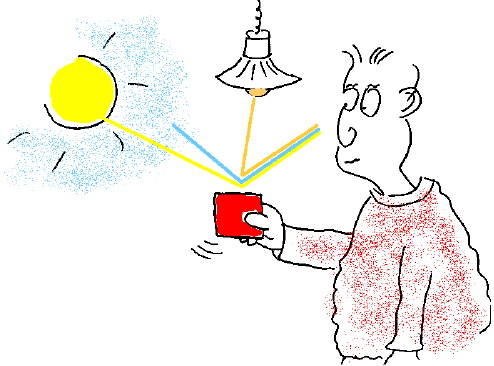 Some
quite
mathematical work to test the sensorimotor approach was
done for his PhD in my lab by David Philipona and concerns
the nature of color
and space. David's work on color is particularly
interesting because it predicts, better than ever before,
well-known anthropologists' findings about why
certain colors like red and yellow are considered more
basic than colors like pink and purple. It also explains,
better than previously, exactly which hues of red,
yellow, blue and green seem "pure" to us. It seems to me
that this work is getting very close to answering
the age-old question of why red looks red rather than
green. David Philipona's work on space is also very
fundamental and has applications to robotics. This work
was continued further in the ERC project (see below) with
Christoph Witzel on color and Alexander
Terekhov on space.
Some
quite
mathematical work to test the sensorimotor approach was
done for his PhD in my lab by David Philipona and concerns
the nature of color
and space. David's work on color is particularly
interesting because it predicts, better than ever before,
well-known anthropologists' findings about why
certain colors like red and yellow are considered more
basic than colors like pink and purple. It also explains,
better than previously, exactly which hues of red,
yellow, blue and green seem "pure" to us. It seems to me
that this work is getting very close to answering
the age-old question of why red looks red rather than
green. David Philipona's work on space is also very
fundamental and has applications to robotics. This work
was continued further in the ERC project (see below) with
Christoph Witzel on color and Alexander
Terekhov on space.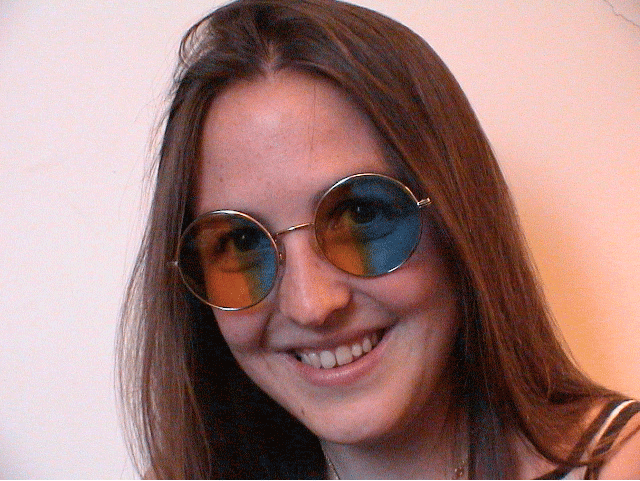
Other work done in my lab to test the sensorimotor approach was done by PhD student Aline Bompas. She confirmed our prediction that the perceived quality of color should depend on eye movements. With students Ed Cooke and Camila Valenzuela Moguillansky we also did work on the "rubber hand illusion" and pain.
The ERC "FEEL" Project 2013-2019
From 2013 to 2019 I was financed by a European Research
Council Advanced project called "FEEL" to further
advance the sensorimotor approach. One line of research
led by Jan Degenaar and David Silverman involved comparing
the approach to other frameworks for understanding
consciousness by situating it with respect to
“enactive” and more mainstream (e.g.
representationalist) approaches, and by exploring and
defending its unique explanatory advantages. As a first
practical application of the approach, a mathematical
line of research led by Alexander Terekhov showed how
the notion of space can emerge in a system that
uses coincidence detection to capture sensorimotor
invariants. Further development of this work with
Guglielmo Montone had applications in robotic sensor
calibration and gave rise to advances in deep learning.
The sensorimotor theory also had much to say about the perceived
nature of color, and numerous papers were
published with Christoph Witzel about how the approach
relates to classical color theory. One interesting
application concerned the well-known color-switching
internet meme #theDress. Other practical
applications of the FEEL project concerned
“sensory substitution” or “sensory augmentation”,
in particular the possibility of using tactile
stimulation on the fingertips to help with auditory
speech deficits (with Alexander Terkhov and Aurora
Rizzi). The project also developed and tested a device
that provides a “sense of North” using auditory input,
and another device that augments perception of speech
through tactile input (with Frank Schumann, Christoph
Witzel and Annika Lübbert. Finally with Jacqueline
Fagard, Lisa Jacquey, and Sergiu Popescu the project
investigated how 3-9 month old babies use
sensorimotor invariants to understand the structure of
their bodies, a question relevant not just to psychology
but also to robotics.
The “FEEL” project employed 9 postdocs, published more
than 60 papers, and organised 7 international workshops.
It generated an ERC “proof of concept” project
“FeelSpeech” on sensory augmentation, and was closely
involved with the EU FETopen project “GoalRobots” and
the pathfinder project "IM-TWIN".
Here are extracts from the final report of the
FEEL project, and its list
of publications. The original website of the
project is also preserved inside the site Whatfeelingislike.net.
RESOURCES FOR SENSORIMOTOR
THEORY
My website Whatfeelingislike.net
provides detailed resources for the sensorimotor
approach with long
and short
talks that I have given about it and a roadmap
and bibliography with the key
references and describing how it developed over the
years.
The website also contains the original website for the ERC FEEL project, with extracts from the Final report and the project's Publication List.
CHANGE BLINDNESS DEMONSTRATIONS
(Feel free to copy these demos but if you use them in presentations or publications, please be so kind as to credit J. Kevin O'Regan and mention this website http://www.kevin-oregan.net)
Change blindness is a phenomenon in which a very large change in a picture will not be seen by a viewer, if the change is accompanied by a visual disturbance that prevents attention from going to the change location. The easiest way to demonstrate change blindness is to take a picture, and change some object in it. If you view the original and the changed picture in sequence, but with some brief visual disturbance like a blank field or "flicker" in between the original and changed picture, the change sometimes is quite hard to see:
With flicker the change is hard to see
If you take out the blank field however, then the
change pops out immediately:
Without flicker the change is easy to see
Instead of using a flicker, it is possible also to use small disturbances like mudsplashes on a car windscreen:
A mudsplash also can mask a big change
You can also get change blindness by making the change so slow that attention is not captured by the changing element, as shown by this animation by my ex-student Renaud Chabrier. As much as 1/4 of the picture changes here:
Change blindness to a very slow change
If the change is part of what is the center of interest of the picture, attention is more likely to go to that part of the picture, and the change is easier to detect, as here:
The change is easy to see if it is part of the "Center of Interest"The change can also be very difficult to detect if it occurs in a film sequence at the moment of a film cut. This is brilliantly shown by an ad by the London Transport Office warning that cyclists can sometimes be very hard to see if you do not happen to be attending to them:
Change Blindness in a film sequence
Daniel Simons at the Beckman Institute in Illinois has made wonderful demonstrations of this kind of thing occurring in real life. Some portion of road traffic accidents may occur because a small, brief distracting event (e.g. a windshield wiper or mudsplash crossing the visual field) masks a change (like a child running into the street).
Here are some more demos of change blindness, of varying degrees of difficulty.
Gunner (mudsplash)Some other change blindness demos:
Flicker and mudsplash demos from Nature article and supplementary info on Change blindness caused by "mudsplashes".
Change blindness to very slow changes (needs shockwave plugin).
See also the Change Detection Database, and Ron Rensink's demos.
INATTENTIONAL BLINDNESS
Change blindness should be distinguished from "inattentional blindness". Inattentional blindness is a phenomenon in which you are looking at a video sequence or real life event, and your attention is so captured by the task you are doing that something totally obvious, perfectly visible, and that you may actually be looking at directly, is not noticed. Transport for London has a demonstration of this on youtube.
This demo is actually a copy of an even more striking
"gorilla" demo that was made by Daniel
Simons, which itself was based on an experiment
performed by Neisser and Becklen. You can find all
this and more demos of inattentional blindness on Dan Simons'
website. Wikipedia also has an extended discussion
on inattentional blindness.
Inattentional blindness is at the basis of one of the main causes of road accidents: people "Look but fail to see" (LBFTS) some quite obvious and perfectly visible obstruction in the road.
My collaborator Malika Auvray has made a nice alternative version of Simon's "gorilla" video. You must track the coin and see if you can accurately determine which cup it ends up under. Only after you've done it, read the very small print at the bottom of this page here
